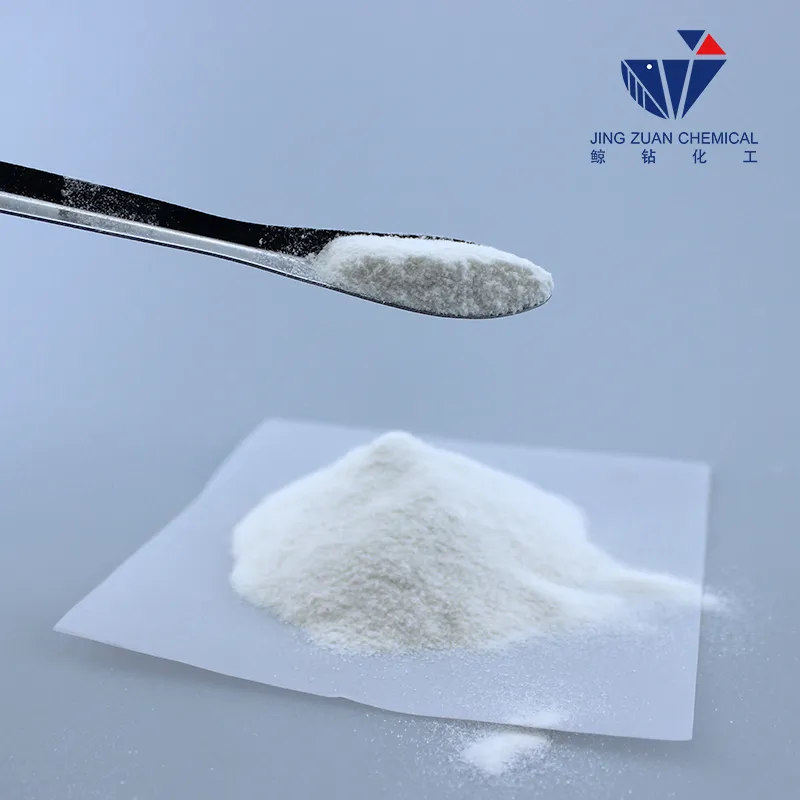
Nov . 06, 2024 16:12 Back to list
Exploring the Applications and Benefits of Methyl Hydroxyethyl Cellulose in Various Industries
Understanding Methyl Hydroxyethyl Cellulose Applications and Benefits
Methyl hydroxyethyl cellulose (MHEC) is a versatile cellulose ether that has gained considerable attention in various industries due to its unique chemical properties and functional benefits. Derived from natural cellulose, MHEC is synthesized through the reaction of cellulose with methyl and hydroxyethyl groups, resulting in a compound that offers a wide range of applications in construction, pharmaceuticals, food, and personal care products.
Chemical Properties
MHEC is characterized by its water-soluble nature, forming clear and viscous solutions when dissolved in water. Its molecular structure allows it to impart unique rheological properties, meaning it can modify the flow and viscosity of liquids. This property is particularly advantageous in applications where controlled flow and thickness are critical.
Applications in the Construction Industry
In the construction sector, MHEC is primarily used as a thickening agent, binder, and stabilizer in cement-based formulations, adhesives, and coatings. Its ability to enhance the workability of mortars and plasters allows for easier application and greater adhesion to surfaces. Moreover, MHEC enhances the water retention properties of these materials, which is crucial for ensuring proper curing and setting times. As a result, products containing MHEC exhibit improved performance in terms of durability and strength, making it a popular choice among builders and construction material manufacturers.
Use in Pharmaceuticals
MHEC also plays a vital role in the pharmaceutical industry. It is used as an excipient in various formulations, including tablets, capsules, and suspensions. Its properties contribute to the controlled release of active ingredients, improving the bioavailability of drugs. Moreover, MHEC can enhance the stability and consistency of liquid formulations, ensuring that medications remain effective over time. The compound is generally recognized as safe (GRAS) and is well tolerated by the human body, which further contributes to its appeal in pharmaceutical applications.
china mhec-methhyl hydroxyethyl cellulose

Food Industry Utilization
The food industry has increasingly adopted MHEC as a food additive, where it functions as a thickener, stabilizer, and emulsifier. It is commonly used in sauces, dressings, and dairy products to enhance texture and prevent separation. MHEC also contributes to the mouthfeel of food products, making them more appealing to consumers. As health-conscious trends continue to rise, MHEC plays a significant role in formulating low-fat and gluten-free products, allowing for improved texture without the addition of unwanted calories or gluten.
Applications in Personal Care Products
In the realm of personal care and cosmetics, MHEC is valued for its ability to provide a soft and smooth texture. It is often found in lotions, creams, shampoos, and conditioners, where it acts as a thickening agent and stabilizer. Additionally, MHEC can enhance the spreadability of these products, providing a luxurious feel upon application. Its moisturizing properties also make it beneficial for skin care formulations, promoting hydration while maintaining the efficacy of the product.
Environmental Considerations
One of the standout features of MHEC is its eco-friendliness. As a derivatives of cellulose, which is a renewable resource, MHEC can be produced through sustainable processes. This aspect is increasingly important in today’s market, where consumers and manufacturers alike are prioritizing sustainable practices. MHEC contributes to formulations that minimize environmental impact while maintaining high performance.
Conclusion
In summary, methyl hydroxyethyl cellulose is a multifunctional compound that has found applications across various sectors. Its unique properties make it an indispensable component in construction, pharmaceuticals, food, and personal care products. As industries continue to overlook traditional formulations in favor of innovative solutions, the demand for MHEC is expected to grow. With its combination of performance, safety, and sustainability, methyl hydroxyethyl cellulose represents a key ingredient poised to enhance products and applications in the future. The ongoing research and development surrounding this compound will likely unveil new possibilities and formulations, further solidifying its role in diverse industries.
-
Versatile Hpmc Uses in Different Industries
NewsJun.19,2025
-
Redispersible Powder's Role in Enhancing Durability of Construction Products
NewsJun.19,2025
-
Hydroxyethyl Cellulose Applications Driving Green Industrial Processes
NewsJun.19,2025
-
Exploring Different Redispersible Polymer Powder
NewsJun.19,2025
-
Choosing the Right Mortar Bonding Agent
NewsJun.19,2025
-
Applications and Significance of China Hpmc in Modern Industries
NewsJun.19,2025







